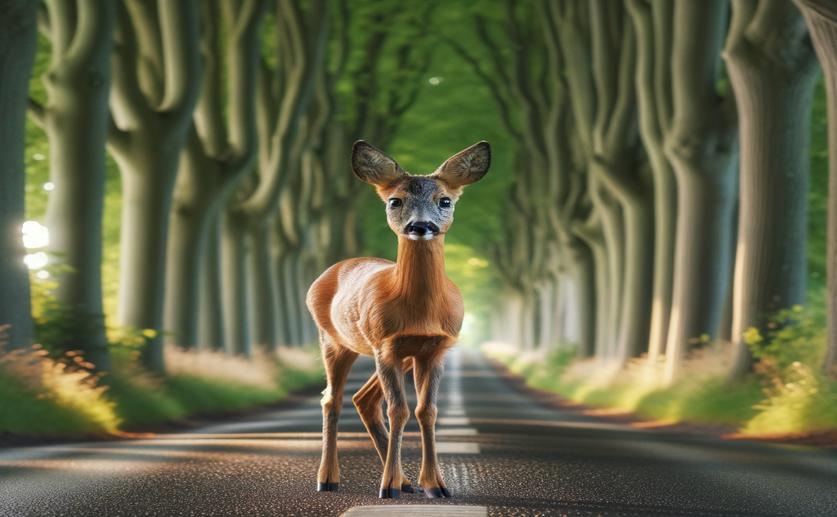
How Roe Deer Find Their Way Across Roads
Jenn Hoskins
3rd May, 2024

Image Source: Natural Science News, 2024
Key Findings
- In southwest Germany, researchers studied how often roe deer cross roads and the risk of them being hit by vehicles
- They found that deer cross more frequently in areas with higher vehicle collision risk, challenging the idea of "safe" crossing zones
- The study suggests that both high collision areas and perceived barriers by wildlife need attention for effective road planning and wildlife conservation
References
Main Study
1) Crossings and collisions – Exploring how roe deer navigate the road network
Published 30th April, 2024
https://doi.org/10.1007/s10980-024-01897-x
Related Studies
2) On reliable identification of factors influencing wildlife-vehicle collisions along roads.
3) Predicting deer-vehicle collisions in an urban area.
4) A global strategy for road building.



 4th March, 2024 | Jenn Hoskins
4th March, 2024 | Jenn Hoskins